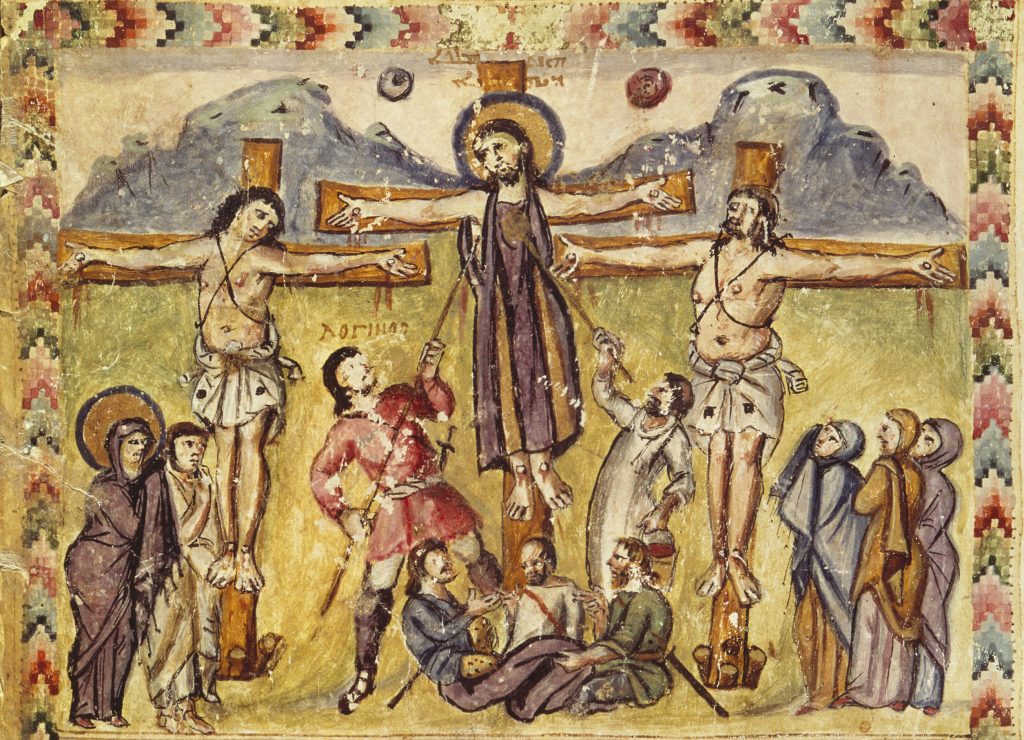exchemist
Veteran Member
I think we now have the explanation of that. Either Byzantine influence, or else a style apparently known in Ottonian (the Saxon dynasty that succeeded that of Charlemagne) artefacts. So there seems to have been some Germanic tradition of a robed Christ, from 900 or so.Together with the sponge and the lance one should think so. But when they are knowledgable of those attributes, why depict him wearing clothes, contrary to the gospels and earlier depictions? On the other hand, veneration of St. Hulpe is known from the high and late medieval period.
Can you explain why Sankt Hulpe is depicted being crucified? Is there a legend about that, or something?

